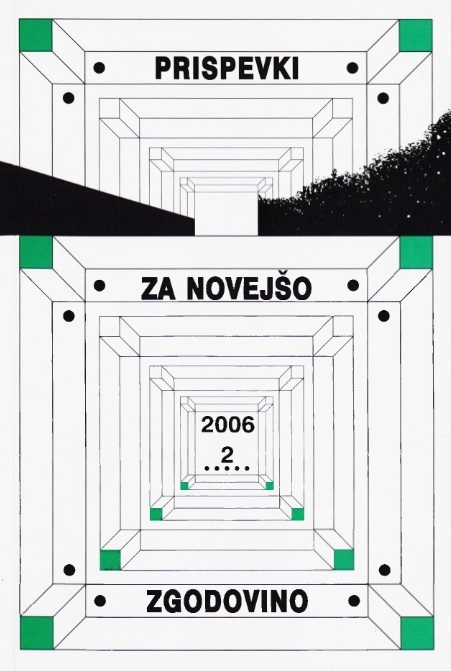Zgodovinarji o meji med Kranjsko in Hrvaško 1881-1916
Historians on the Border between Carniola and Croatia between 1881 and 1916
Author(s): Marko ZajcSubject(s): Governance, Political history, International relations/trade, 19th Century, Pre-WW I & WW I (1900 -1919), Geopolitics, Peace and Conflict Studies
Published by: Inštitut za novejšo zgodovino
Keywords: Croatia; Slovenia; Corniola; Border issue; border; historiography; Žumberak;
Summary/Abstract: In the Habsburg Empire, historical law was held in high esteem. This should be borne in mind when considering the greatest dispute on the then southern Carniolan border - the socalled Žumberak issue. In the 1869-1881 period, during which the Vojna krajina organisation was abolished, isolated enclaves of Žumberak and Marindol, that had been founded on Carniolan soil and populated with the Uskok families, became the subject of an acute border dispute between Corniola and Croatia. Because of the particular nature of the dispute, historians also played an important role in it. In 1881, two were commissioned for this task by their governments, namely August Fournier by Austria and Radoslav Lopašić by Croatia. Nikola Badovinac, an amateur historian and a member of the Hungarian commission for Žumberak and Marindol, who had developed a unique theory about two Zumberaks, strove for the annexation of Žumberak to Croatia in the Croat Parliament, as did Tadija Smičklas. Anton Koblar, commissioned by the Carniolan provincial government in the 1890's, searched for arguments in support of the Carniolan claims. The last of those advocating the annexation of Žumberak to Corniola before and during the First World War was Josip Mal.
Journal: Prispevki za novejšo zgodovino (before 1960: Prispevki za zgodovino delavskega gibanja)
- Issue Year: 46/2006
- Issue No: 2
- Page Range: 7-25
- Page Count: 19
- Language: Slovenian

